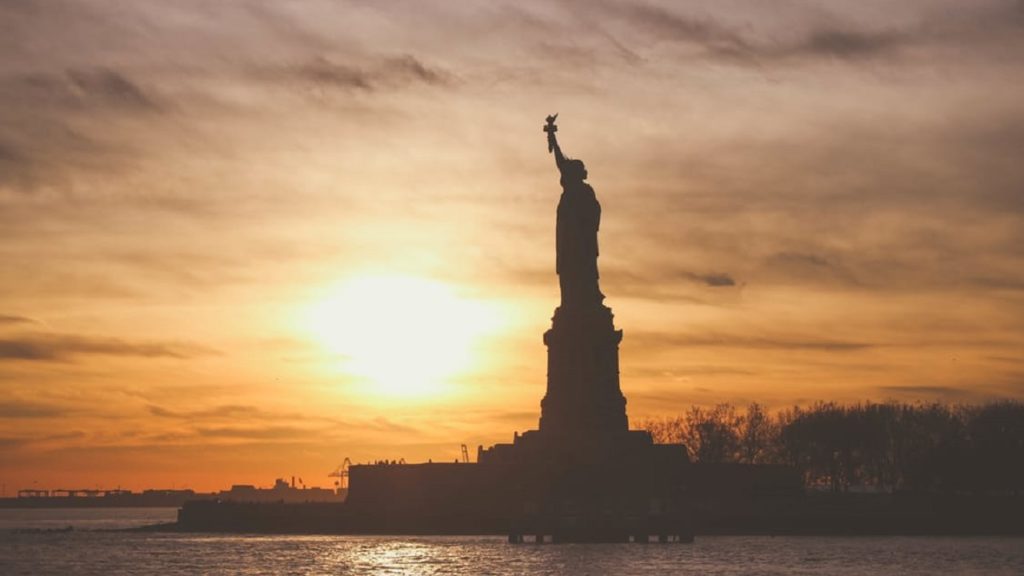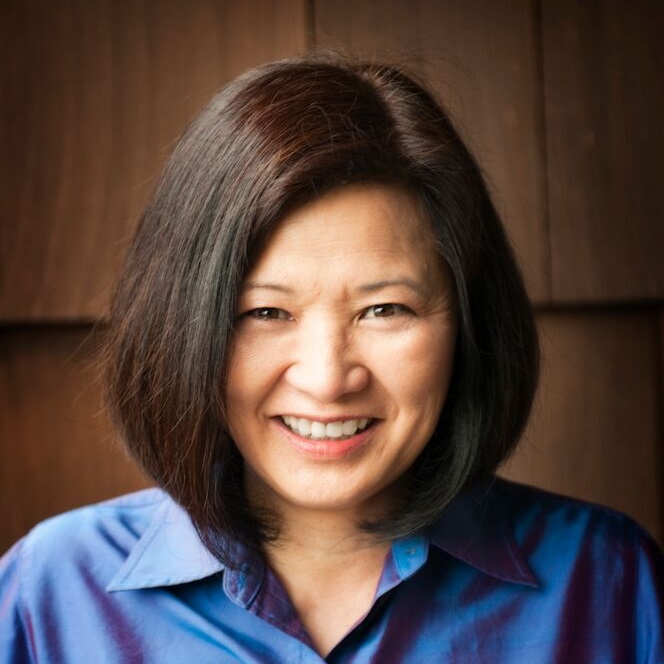 By June Sugiyama, Director, Vodafone Americas Foundation
By June Sugiyama, Director, Vodafone Americas Foundation
Around the world, communities in low and middle-income countries are still struggling to gain access to adequate healthcare. Although the medical knowledge already exists to prevent and treat many infectious diseases, some communities lack access to the resources needed to protect themselves. Today, technology-based health solutions can help to bridge the gap between those in need and the resources at hand, providing access to areas without adequate healthcare.
One of the greatest strengths of mobile is how widely available the technology is – according to the Pew Research Center, 88 percent of the global population owns a cell phone. By 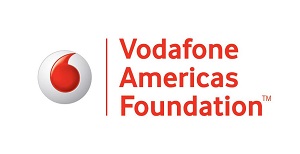 tapping into mobile, nonprofits – whether their focus is in healthcare or any other sector – can develop connected solutions to build a better future for people all over the world.
tapping into mobile, nonprofits – whether their focus is in healthcare or any other sector – can develop connected solutions to build a better future for people all over the world.
Traditionally, foundations have provided funds for direct aid services, but some foundations have explored providing support for development of mobile and connected solutions that benefit people in need. It’s the Vodafone Americas Foundation’s mission to support and advance this type of pivotal work, especially through the Wireless Innovation ProjectTM (WIP) competition. WIP is an annual competition that seeks to fund nonprofits, university researchers, entrepreneurs and others developing technology-driven solutions for social good. Since 2009, WIP has awarded $5.5 million to these solutions that, in turn, have touched over 40 million lives across 40 countries around the world.
Solving Real World Problems with Mobile
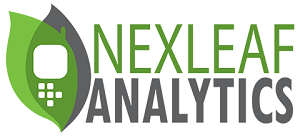 One nonprofit that has grown through WIP, Nexleaf Analytics, is connecting people with important data and resources that can save lives through wireless and sensor based technologies. Nexleaf was awarded first place in the 2013 Wireless Innovation Project for ColdTrace, a wireless sensor and data analytics system that monitors temperatures of equipment used to store vaccines in remote environments. Many vaccines must stay cold to be effective, and a system like ColdTrace can help assure safe delivery of lifesaving vaccines. Through connected devices and analytics tools, Nexleaf can improve healthcare in developing countries.
One nonprofit that has grown through WIP, Nexleaf Analytics, is connecting people with important data and resources that can save lives through wireless and sensor based technologies. Nexleaf was awarded first place in the 2013 Wireless Innovation Project for ColdTrace, a wireless sensor and data analytics system that monitors temperatures of equipment used to store vaccines in remote environments. Many vaccines must stay cold to be effective, and a system like ColdTrace can help assure safe delivery of lifesaving vaccines. Through connected devices and analytics tools, Nexleaf can improve healthcare in developing countries.
Vaccines are essential in preventing diseases and illnesses. According to recent World Health Organization data, immunization through vaccination prevents between 2 and 3 million deaths from diseases such as diphtheria, tetanus, polio, pertussis and measles each year, in every age group. According to the same research, there is the potential to save another 1.5 million lives each year, if global vaccination coverage improves. Despite the ability to make these vaccines, the shortfall is due, at least in part, to outdated infrastructure in rural clinics, health facilities and last-mile delivery difficulties. World Health Organization and UNICEF research shows that more than half of health facilities in low and middle-income countries have poorly functioning or non-functioning vaccine supply chain equipment – meaning that vaccines are often exposed to temperatures that could render them ineffective.
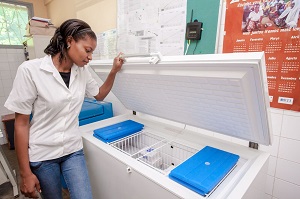 The ColdTrace wireless sensor system remotely monitors vaccine refrigerators in clinics and health facilities. The device sends important data such as temperature and grid power availability and alerts medical professionals and maintenance technicians via text message if the temperature changes dramatically. By adding simple technologies to existing infrastructure, Nexleaf is helping to ensure potent vaccines reach the patients who need them most.
The ColdTrace wireless sensor system remotely monitors vaccine refrigerators in clinics and health facilities. The device sends important data such as temperature and grid power availability and alerts medical professionals and maintenance technicians via text message if the temperature changes dramatically. By adding simple technologies to existing infrastructure, Nexleaf is helping to ensure potent vaccines reach the patients who need them most.
Nexleaf first introduced ColdTrace in Kenya, with an initial pilot in eight healthcare facilities. Since then, the nonprofit has extended the system to seven other countries. Now, ColdTrace protects critical vaccines for more than 6.1 million babies born each year. The initial grant from the Vodafone Americas Foundation also helped Nexleaf to partner with Gavi, an international organization that brings the public and private sectors together to create equal access to vaccines for children living in some of the world’s poorest countries. At the beginning of this year, Gavi and Google.org partnered to support Nexleaf in further strengthening the vaccine cold chain with IoT and analytics tools.
The Potential to Connect People and Resources
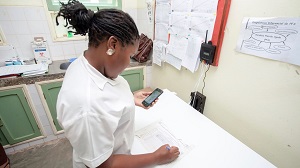 Nexleaf’s innovative use of mobile and sensor technology demonstrates how technology connects people with health resources. By taking advantage of inexpensive, widely available technologies, it’s possible to gather valuable, instantaneous health data, to better connect medical professionals with their patients, and to provide vital health resources like medicines and vaccines to improve health globally.
Nexleaf’s innovative use of mobile and sensor technology demonstrates how technology connects people with health resources. By taking advantage of inexpensive, widely available technologies, it’s possible to gather valuable, instantaneous health data, to better connect medical professionals with their patients, and to provide vital health resources like medicines and vaccines to improve health globally.
Tackling today’s most dire social issues begins with connecting people, skills and resources – and the technology that helps to drive these connections forward. By introducing innovations like ColdTrace to the world and supporting non-profits using technology in unique ways, we can bring necessary together resources and communities in need to improve outcomes globally. Look at the community around you and see what issues have the potential to be solved with the device in your hand. Mobile has the potential to change the way we approach philanthropy initiatives.
Vodafone Americas Foundation is part of Vodafone’s global network of foundations. The Foundation fosters social change in global and local communities through connected solutions. Its mission is to connect an ecosystem of partners that use wireless technology to spark innovation, improve lives, transform the global development sector and empower women and girls.
June Sugiyama has been the Director of the Vodafone Americas Foundation for the last 18 years. Previously, she served in several roles at Vodafone’s predecessors, AirTouch and Pacific Telesis International. She led the Foundation’s transition toward impact through technology related programs. She also developed the Vodafone Americas Foundation Wireless Innovation Project, a competition designed to seek the best wireless technology solutions to address critical social issues around the world.




